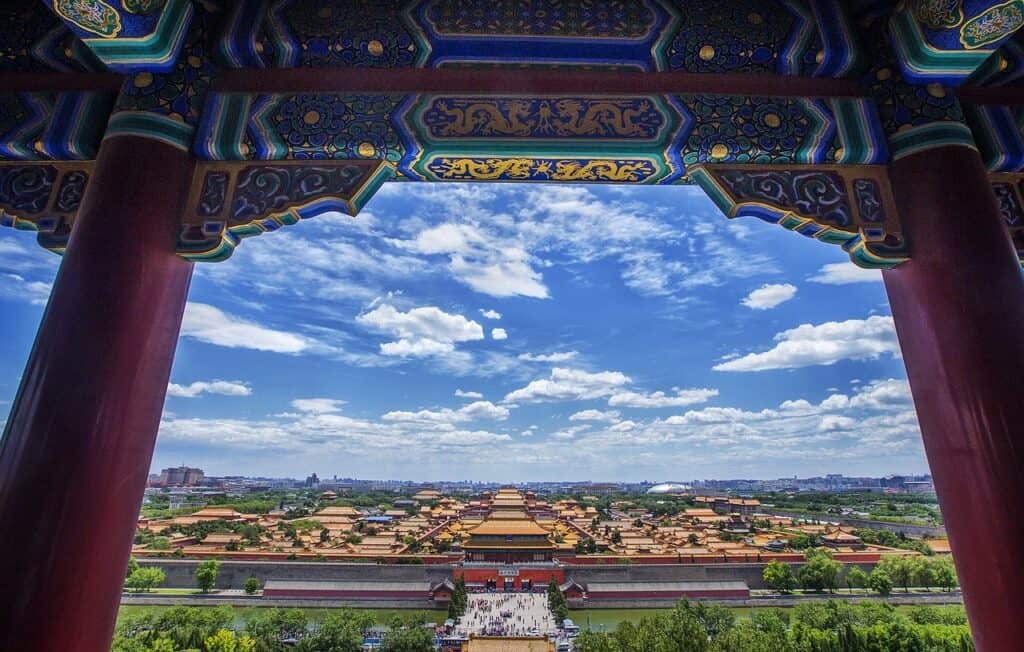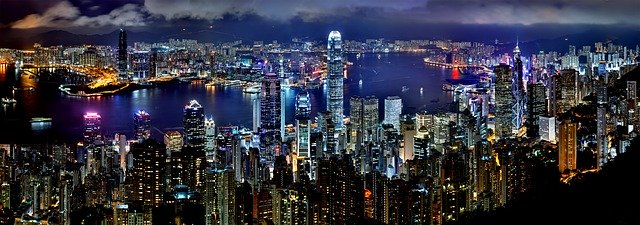Beijing Attractions
Introduction to Beijing
The footfall of our ancestors from more than 770,000 years ago echoes around the millions of Beijing residents and tourists that stroll the city streets by day and night. Also, the oldest inhabited areas on the entire planet. Beijing has stood as a formal city for nearly as long as London has. Not to mention, six times the time that New York has existed. It is a city of immense culture, history, and innovation. This immense and staggering history can often overwhelm potential travelers. There is a multitude of options that become too much for any one person to navigate.
Travelers are left wondering just what to do in Beijing – we get it. Everyone who travels a lot has been there. Do not worry. We’re here to help. Specifically, we are here to provide a comprehensive list of the best things to do in Beijing. It is stunningly gorgeous, surprisingly diverse, and deeply historically significant.
Rather than overloading you full of all the different places that exist in Beijing that it is possible to visit, this article is going to take a more measured approach.
There are three central sections: how to handle yourself at sightseer hotspots in Beijing (while curating the most popular places into a manageable list for you); taking you through the single most important part of any new culture – THE FOOD; and finally providing you with a guide to some sights to see that drift off the beaten track.
This last section is especially important. As we mentioned earlier, when you stroll awestruck through China’s capital, you walk in the shoes of hundreds of thousands of years of history.
This guide to the many brilliant, best things to do in Beijing will let you navigate among these walls of cultural significance. Hopefully deposit you somewhere unique afterward: somewhere with a story to tell. Hopefully, a story that can become yours to tell a part of.
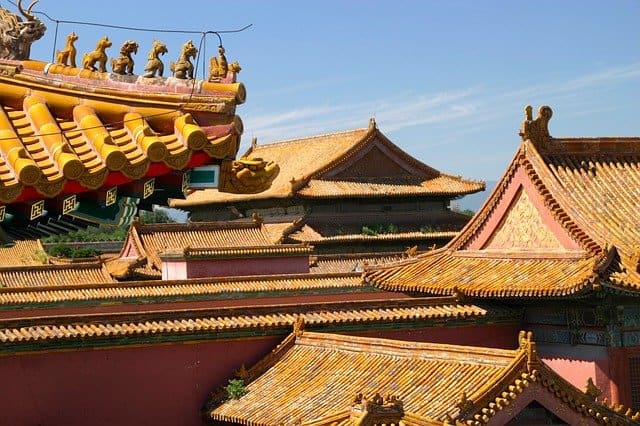
See the Sights: Tourist Tips at Sightseer Hotspots.
All of that being said – first things first. The tourist spots also called “tourist traps” by some. These places around the world are not often exaggerated or even overrated.
However, cliché some of the sights may seem, in Beijing these “tourist trap” areas are still important. It would be a shame to miss out on them.
As such, we have curated a list of the 3 best popular tourist destinations in Beijing. We give you the most common answers to “what to do in Beijing?” The list has been cut to three because, despite their importance, the enjoyment these areas will add to your trip can pale in significance to some of the more reserved and lesser-known spots you can find.
The Great Wall
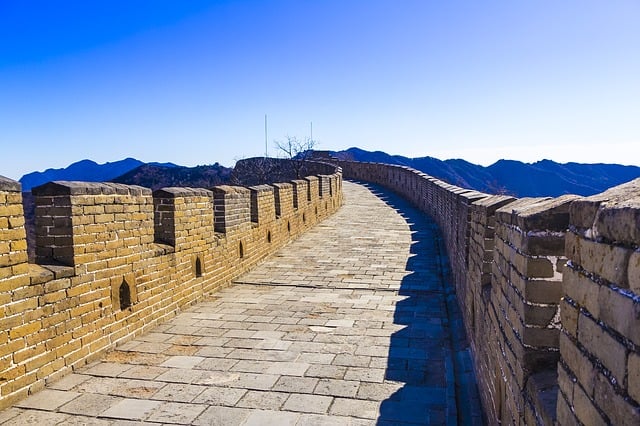
Surprised? No? Of course, you aren’t. This landmark is so iconic. Existentially impressive that even aliens traveling by would notice it. It can be seen from space (provided you are at a relatively low orbit)!
The Great Wall is truly the platonic ideal of a “cultural relic.” It has so much historical significance and so many stories. It is a must-see! A two-hour journey away from the comfy warm bed in your hotel is the ticket for this trip.
Make sure you get in as early as possible. As the quiet majesty of this writhing, stunning stone serpent that encircles the city is best appreciated sans noise of other tourists.
The Forbidden City and Summer Palace
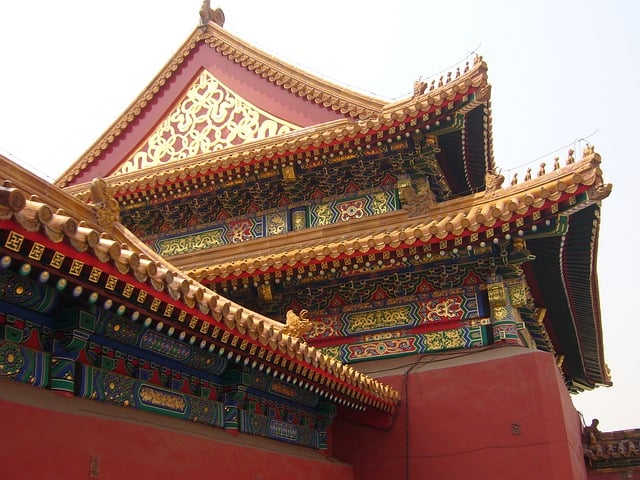
A keystone to the cultural heritage of Beijing is The Forbidden City and the Summer Palace. If you are visiting Beijing, it is definitely worth stopping into the ancient pathways and routes. They have been walked by emperors of dynasties past.
It ranks as the largest imperial palace and city that has ever existed. Over a million workers built this magnificent structure over fourteen years back in 1406.
From its construction to 1644 it served as home to 14 of the Ming Dynasty’s emperors. Also, the home of the Qing Dynasty from 1644 until 1860 when it was occupied by British-French forces in the war.
The reason it was “forbidden” for so long for ordinary people is because of what emperors used to be thought of as. Back in Ancient China, people believed that the emperor was literally a child of Heaven, appointed by the divine from above.
As such, the land they walked on was sacred. The Imperial Palace itself is massive. 90 different palaces and courtyards flanked by 980 different buildings and over 8 thousand different rooms.
A fifty-two-meter moat defends the castle, protecting the Outer and Inner Courts. The various palaces of heavenly purity and tranquility will be seen there.
Travel through the different areas of the Forbidden City before an authentic Chinese lunch. This is followed by an afternoon stroll through the beauteous and intricate gardens and buildings of the Summer Palace.
Beijing’s Hutong Streets.
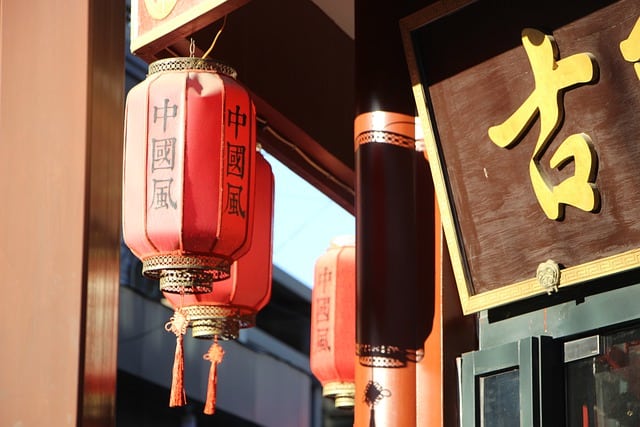
The winding and narrow Hutong streets of Beijing are another of its more subtle, nuanced draws.
Although the city is surrounded by these vast centerpieces of culture, these districts are all connected together by a brilliantly intricate labyrinth of narrow paths and passageways.
These Hutong streets are rife with street food and memorabilia sellers, alongside artifacts of Beijing’s past.
Beijing’s Hutong Streets also take you past the gorgeous Houhai lake.
Exploring these cramped but fascinating streets wrenches you back in time. It deposits you straight into Imperial Beijing and offers a fascinating glimpse of eras gone by.
However, these streets are long, and the walk can be arduous.
If you want to avoid that stress to your soles, then a rickshaw ride can be hired that will take you on this journey.
The rickshaw ride normally runs either at 9 am or 1 pm. It takes you through the oldest courtyards, finishing with an ascent to the 67-meter-high, two-story Drum Tower. You will overlook all of the capital’s oldest neighborhoods.
This trip gives you a sense of the emergent culture and steadfast traditions of the ancient city’s streets. It also ends with a melancholy glimpse at what Beijing stands to lose in the face of rampant urbanization.
Two Birds/One Bowl – What and where to eat in Beijing.
Now we get to the real party. The one that happens on your taste buds.
Talk to any ex-pat who lives in China about the food and how it compares to your home takeaway, and they will tell you there is absolutely no comparison. Beijing’s food has actually inspired one of the most popular Asian foods that exist within the west. A true cultural phenomenon: crispy duck.
While it takes a form different to the one you might be used to, Beijing’s Roast Crispy Duck is beyond compare.
You may have heard it called “Peking Duck” before –that’s because Beijing is also a city of many names. And Peking used to be one of them
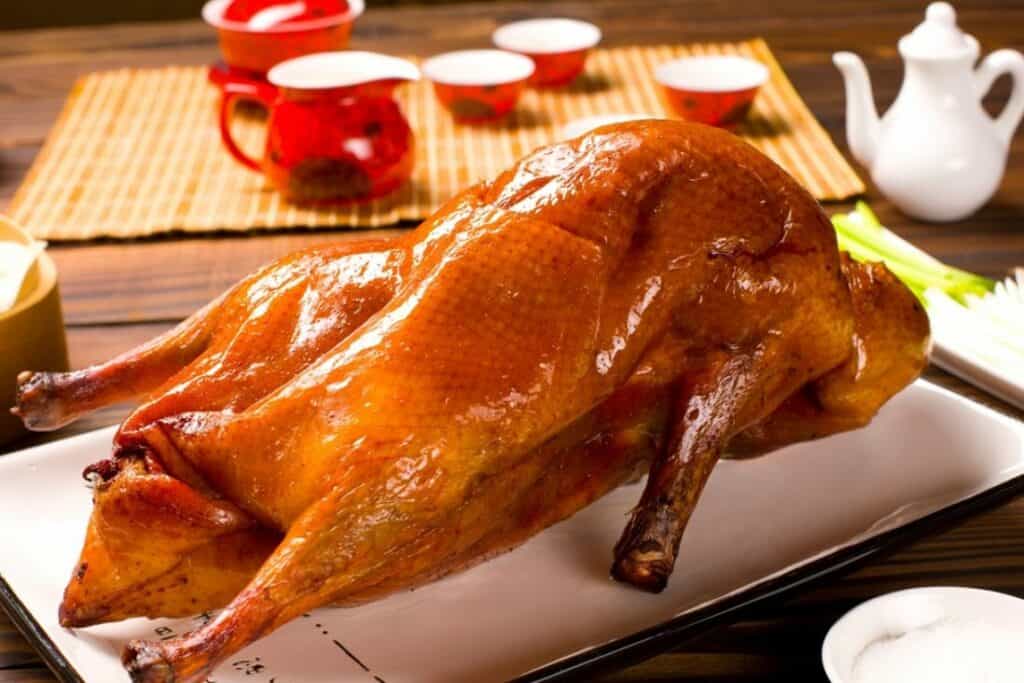
If you want to become a master gourmet of Chinese duck as it is meant to be eaten, then there are plenty of opportunities for you.
The dynamism present in the city does not stop with its cuisine. There are many different ways you can experience it (and we would recommend trying as many as you possibly can).
You can brave an evening tour of Beijing’s many traditional cuisines along the aforementioned Hutong streets.
Over 15 unique Beijing dishes at 5 different local restaurants – with samples from leading BBQ restaurants. The chance to roll your own pancakes and to taste Baijiu.
Baijiu. A traditional Chinese spirit that I can personally promise will put some color in your cheeks.
Nooks and Crannies: What whacky and weird places can you visit in Beijing.
And now for something a little bit different. If you were wondering about the strangest things To Do in Beijing, then we have you covered there too.
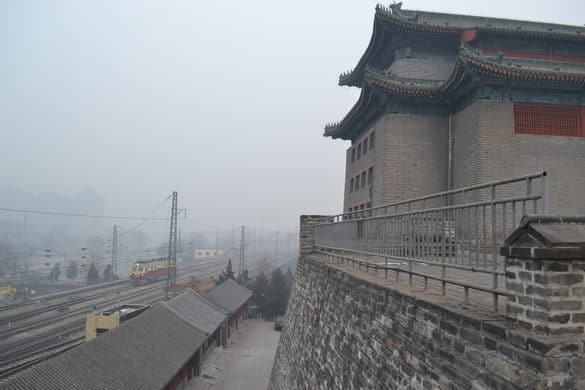
- Dongbianmen’s Fox Tower: Once said to be haunted by the spirits of ghostly foxes, a grisly murder now haunts the memory of this site. Some talk about being able to reach out and touch the history of a city. You better hope the city’s history does not reach out and touchback.
- The Scrap Metal Robot Man: Yes, this one is as weird as it sounds. Go and visit eccentric inventor Wu Yulu as he handcrafts some whacky but wonderful robots from scavenged scrap across Beijing.
